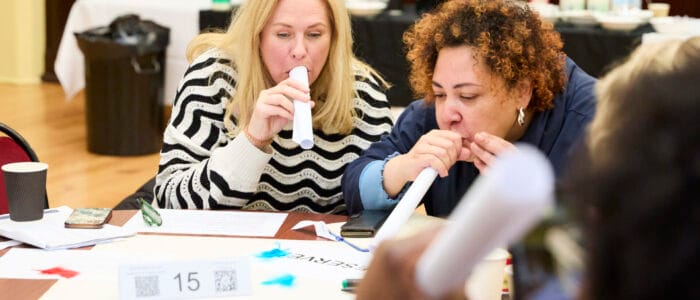Why your project isn’t working

Community projects are great. They galvanise volunteers, they engage new residents and beneficiaries and sometimes they even attract funding!
And that’s not all. They are locally rooted, they address practical needs and they are a good use of local community centres and places of worship.
But projects can still miss the bigger goal – and often do. The bigger goal is to foster belonging. Why? Because when people feel like they belong, they are more confident, more social, more giving, more healthy. Belonging is foundational to a health life and healthy community [Hagerty et al, 1999]. Those who feel worthy and belong become net-contributors to society.
Without a sense of belonging, isolation spreads, dependency persists, fears take hold and health suffers.
Giving people a free lunch or a bed for the night are important gestures of love and kindness. More should do it. But lets not leave it at that. I’m excited when I see the wrap-around elements in place that foster belonging.
This is the key point.
Are your volunteers seeing beyond the project to the life of the individuals concerned? Are they introducing them to other people and places of connection? Are they creating opportunities for the individual to play a part?
Faith communities should be good at this. Projects can be replicated, but providing loving communities where people belong and flourish is much harder. It needs a deeper level of shared meaning.
Is your project really working if it isn’t fostering belonging? Even projects that may appear to have nothing to do with belonging – say, addiction recovery, or helping people find work – will be more successful if the beneficiary discovers a supportive community that provides them with greater confidence and resilience.
When those who have benefited from our projects turn to us and offer to help – become volunteers, coordinators, funders or leaders – then I think we’ve seen one brilliant indicator that are our projects are really working.


